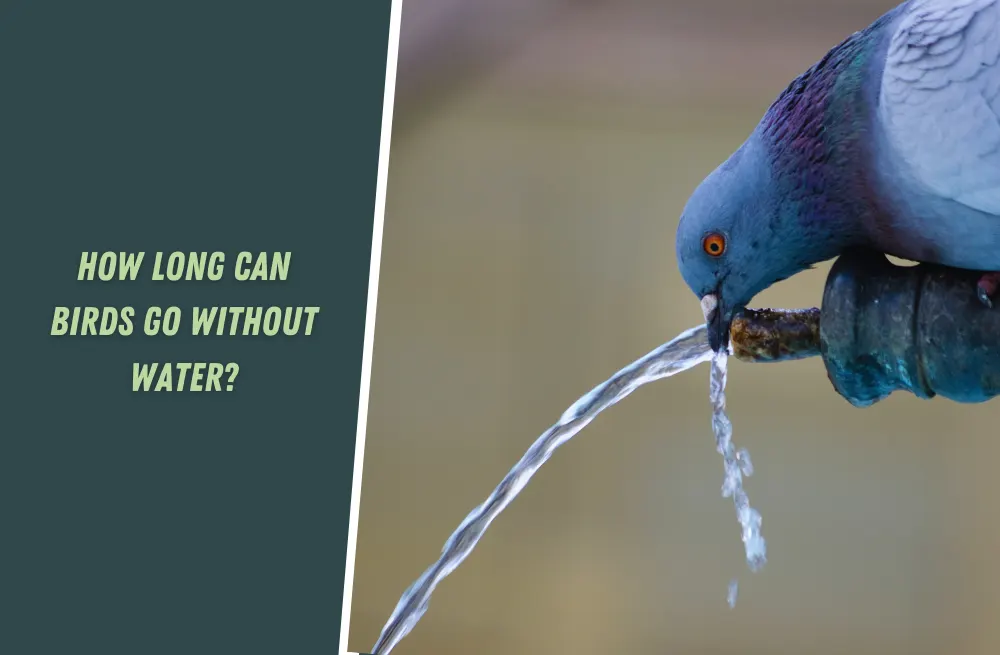The American bison, also known as the buffalo, is an iconic symbol of the American West. These majestic creatures once roamed the plains in massive herds, and although they were nearly driven to extinction in the 19th century, they have made a remarkable comeback in recent years. Today, bison are celebrated for their strength, resilience, and unique characteristics.
Today we will explore ten fascinating facts about the American bison, from their swimming abilities and strong sense of hearing to their thick shaggy coat and impressive jumping skills.
Whether you’re a nature lover, history buff, or simply fascinated by the incredible diversity of life on our planet, you’re sure to be amazed by these 10 fascinating facts about the American bison.
So, let’s dive in and learn more about these amazing creatures!
10. The American Bison is the largest land animal in North America
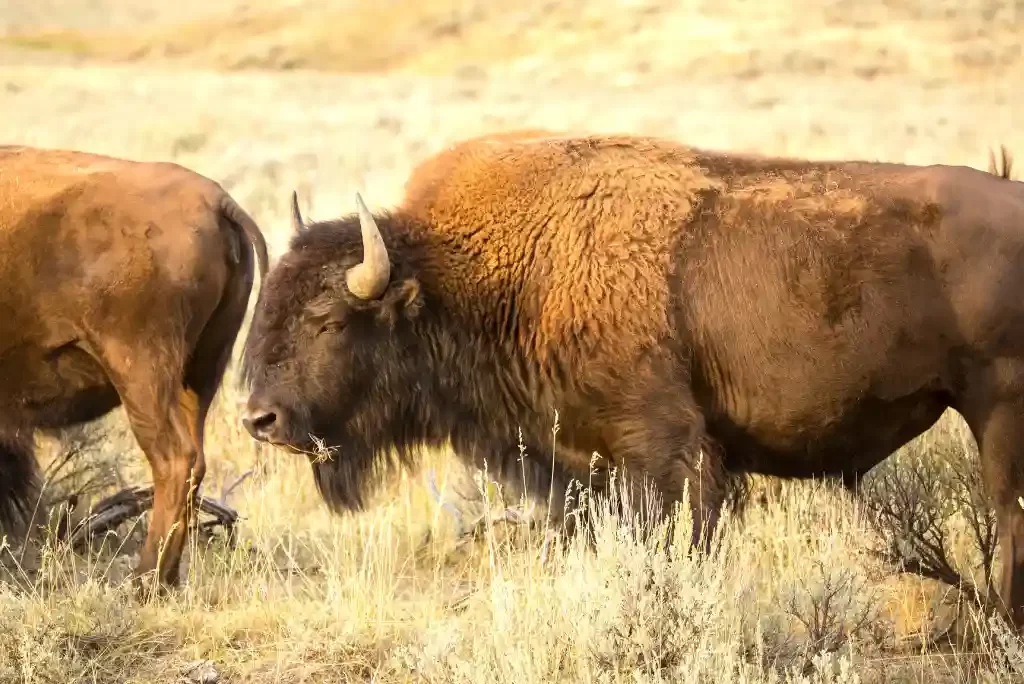
The American Bison is an incredibly large animal, standing up to six feet tall at the shoulder and weighing as much as 2,000 pounds. These massive creatures are one of the largest land animals in North America, and their size is a key factor in their survival.
Their large size makes them less vulnerable to predators, and their ability to travel long distances allows them to find food and water in even the most remote areas.
The bison’s size also makes it an important cultural symbol in Native American cultures, where it is often associated with strength, endurance, and resilience.
09. Bison can run up to 40 miles per hour
Despite their large size, bison are incredibly fast runners. They can reach speeds of up to 40 miles per hour, making them one of the fastest land animals in North America. This speed is essential for their survival, as it allows them to outrun predators such as wolves and coyotes.
Bison are also able to maintain their speed for longer periods of time than many other animals, which helps them to cover long distances in search of food and water.
Their powerful legs and muscular build make them well-suited for running at high speeds, and they are truly a marvel of nature when in full stride.
08. Bison have an excellent sense of smell
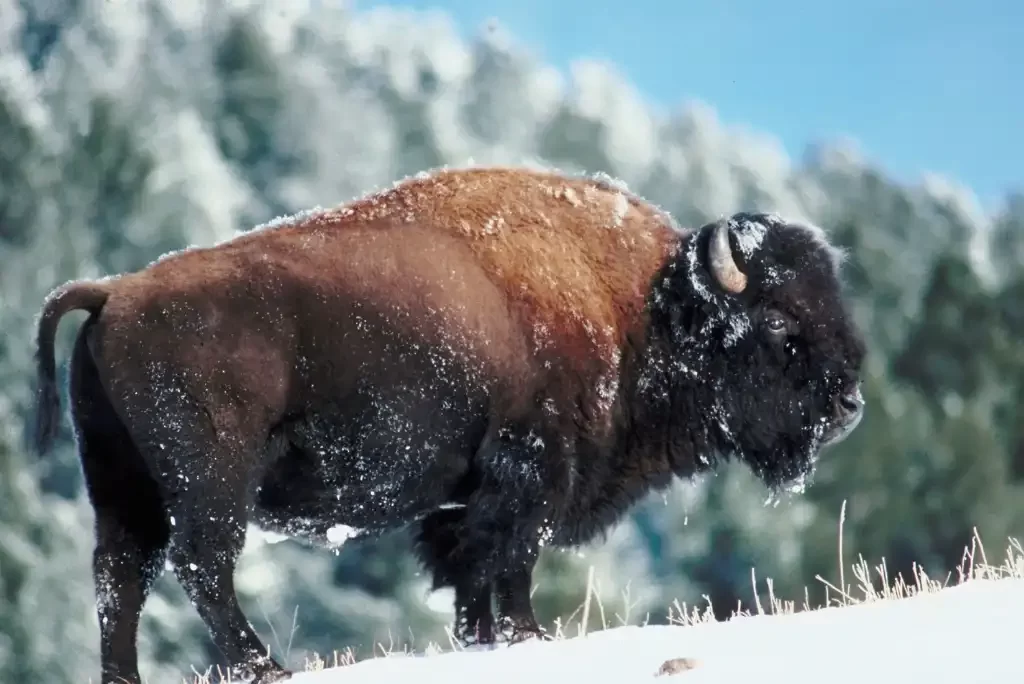
Bison have an exceptional sense of smell, which helps them to detect predators and locate food sources. Their sense of smell is so strong that they can detect food from up to two miles away.
This is particularly important during the winter months when food sources are scarce and bison must rely on their sense of smell to find enough food to survive.
Their keen sense of smell also helps them to detect predators such as wolves and coyotes, which can pose a threat to their safety. Overall, the bison’s sense of smell is a crucial tool for their survival in the wild.
You might also like: Bison vs. Buffalo: What’s the Difference?
07. Bison have a hump on their shoulders
Bison have a distinctive hump on their shoulders, which is made up of muscle, not fat. This hump helps to support their massive head and helps them to push through snow in the winter. The hump is also a key factor in the bison’s ability to run at high speeds, as it provides additional power to their legs.
The size of the hump can vary depending on the age and sex of the bison, with older males typically having the largest humps. Overall, the hump is a unique feature of the bison that helps to make them one of the most recognizable animals in North America.
06. Bison have a thick, shaggy coat that keeps them warm in cold weather
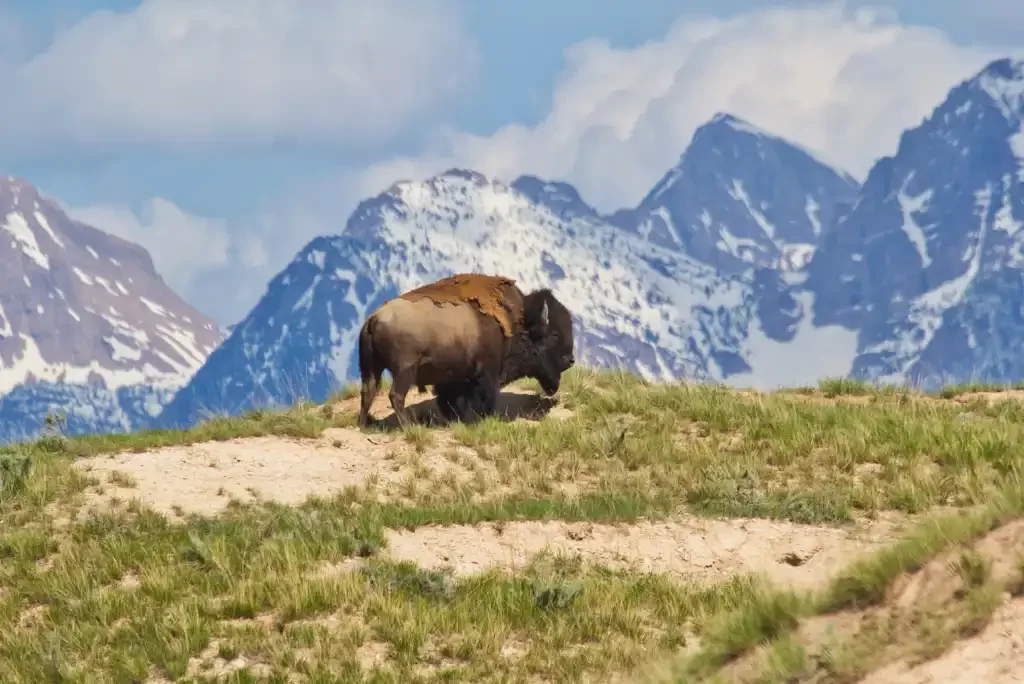
Bison have a thick coat of fur that helps to insulate them against the cold weather of the North American plains. The fur is made up of two layers, an outer layer of long, shaggy hair and an inner layer of soft, downy fur.
This combination of hair provides excellent insulation and helps to keep the bison warm even in the coldest temperatures. In the winter, the bison’s coat can become so thick that it is almost impossible to see their skin underneath.
This thick coat is a key factor in the bison’s survival, as it helps them to withstand the harsh winter weather that is common on the plains.
05. Bison are excellent swimmers
Despite their large size and heavy build, bison are excellent swimmers. They are capable of crossing rivers and swimming long distances to reach new grazing grounds. In fact, some herds of bison have even been observed swimming across large bodies of water, such as lakes and reservoirs.
Their ability to swim is an important factor in their survival, as it allows them to reach new areas with fresh food and water sources.
While swimming, bison use their powerful legs and hooves to propel themselves through the water, and their thick fur provides additional insulation to help them stay warm. Overall, the bison’s swimming abilities are just one more fascinating aspect of these incredible creatures.
04. Bison have a strong sense of hearing
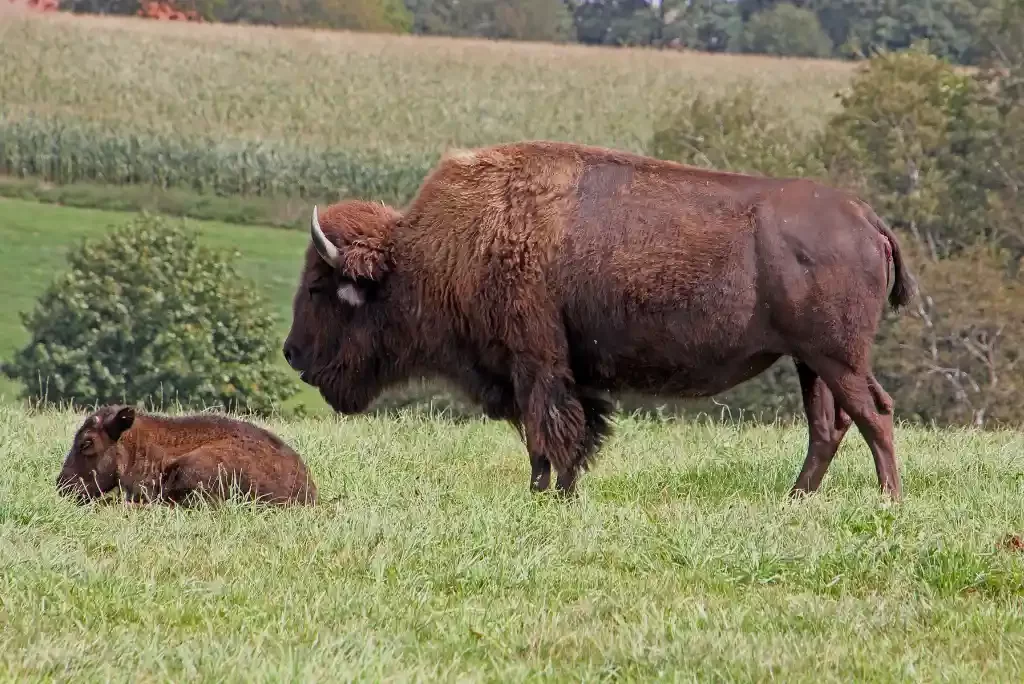
Bison have excellent hearing, which helps them to detect predators and communicate with other members of their herd. Their ears are large and can move independently, allowing them to pick up sounds from all directions.
Bison can hear sounds that are too high or too low for humans to detect, which gives them an advantage in detecting potential threats.
They are also able to communicate with other bison through a variety of vocalizations, including grunts, bellows, and snorts. Overall, the bison’s strong sense of hearing is a crucial tool for their survival in the wild, allowing them to stay alert and aware of their surroundings at all times.
03. Bison have a life expectancy of up to 20 years in the wild
Bison can live up to 20 years in the wild, although their life expectancy is often shorter due to predators, disease, and other factors. The lifespan of a bison is influenced by a variety of factors, including their diet, environment, and genetics.
Bison that live in protected areas such as national parks and reserves tend to live longer than those in the wild, as they are less vulnerable to human activity and other threats. In general, bison are hardy animals that are well-suited to life on the plains, and their longevity is a testament to their resilience and adaptability.
02. Bison are social animals that live in herds
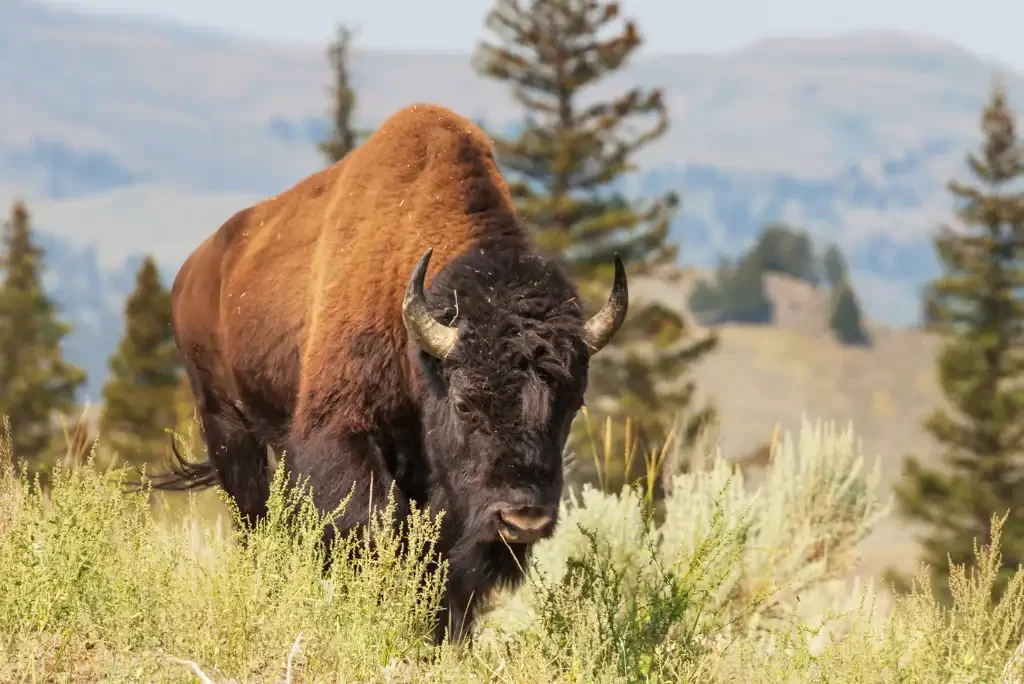
Bison are social animals that live in herds, which can range in size from a few individuals to hundreds or even thousands of bison. The herds are typically led by a dominant male, known as a bull, who defends the herd against predators and other threats.
Within the herd, there is a hierarchy based on age, size, and strength, with dominant animals having access to the best grazing areas and other resources. Bison are also known to form strong bonds with other members of their herd, particularly their offspring, and will protect them fiercely against any potential threats.
Overall, the social nature of bison is an important factor in their survival, as it allows them to cooperate and protect each other in the face of danger.
You might also like: The American Bison: An Icon of North American Wildlife
01. Bison can jump up to 6 feet vertically
Despite their large size and heavy build, bison are surprisingly agile animals that are capable of jumping up to 6 feet vertically. This ability is believed to have evolved as a defense mechanism against predators, allowing bison to jump over obstacles and escape danger quickly.
Bison typically use their powerful hind legs to propel themselves into the air, and can jump both forwards and upwards. While this ability may not be as well-known as some of the other fascinating facts about bison, it is a testament to the incredible strength and agility of these remarkable animals.
Why are American bison called buffalo?
The term “buffalo” was actually a misnomer given to bison by early European settlers in North America. They mistakenly thought that bison were related to the water buffalo found in Asia and Africa, and the name stuck.
However, bison are a completely different species from true buffalo, and are actually more closely related to domestic cattle. Today, both “bison” and “buffalo” are commonly used to refer to these animals, but “bison” is the more scientifically accurate term.
How old is ancient bison?
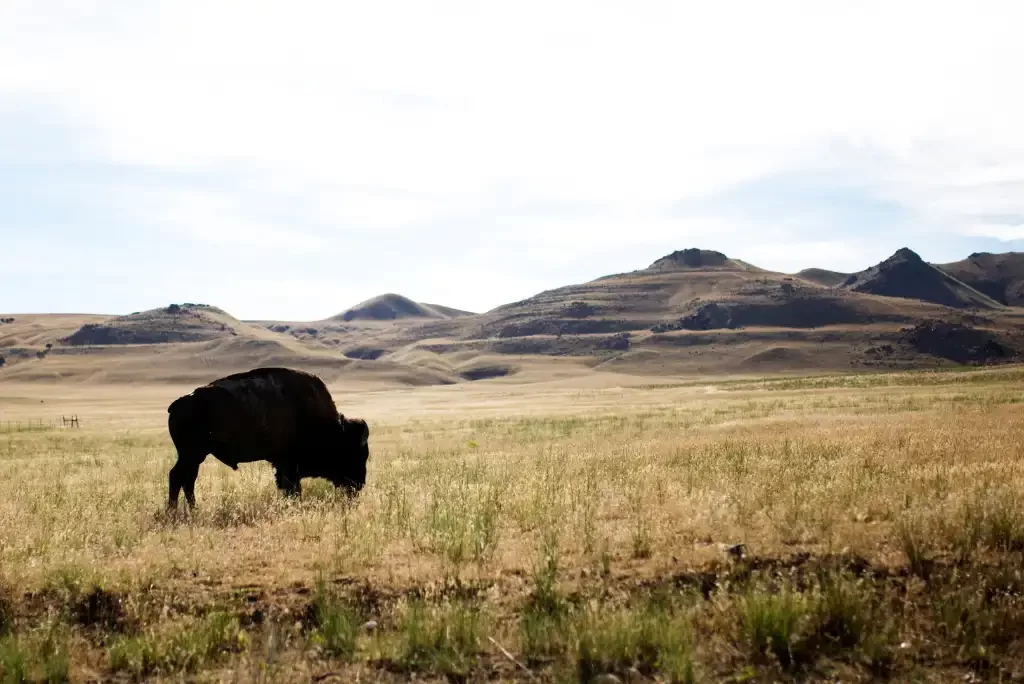
The ancient bison, also known as Bison antiquus, lived during the Late Pleistocene era, which ended approximately 11,700 years ago.
This means that the ancient bison species has been extinct for thousands of years, and the bison that we see today, such as the American bison (Bison bison), are a different species that evolved from the ancient bison lineage.
The exact age of individual ancient bison fossils can vary, but they are generally dated to be between 10,000 and 200,000 years old, depending on the specific fossil and its location.
What do Native Americans call bison?
Bison hold a special cultural significance for many Native American tribes, who have lived alongside these animals for centuries. The names used to refer to bison vary between different Native American languages and tribes. For example, in the Lakota language, the word for bison is “tatanka”, while in the Blackfoot language, the animal is known as “iinnii”.
In the Cherokee language, the bison is referred to as “aniwahya”, which means “the animal that provides”. Other tribes have their own unique names for bison, but regardless of the specific language, the animal is often viewed as a symbol of strength, endurance, and resilience.
Conclusion
The American Bison is a fascinating creature that has captured the hearts and imaginations of people all over the world. From their incredible strength to their impressive jumping abilities, bison are truly a wonder of nature. By learning more about these creatures, we can better appreciate and understand the important role they play in the ecosystem.






